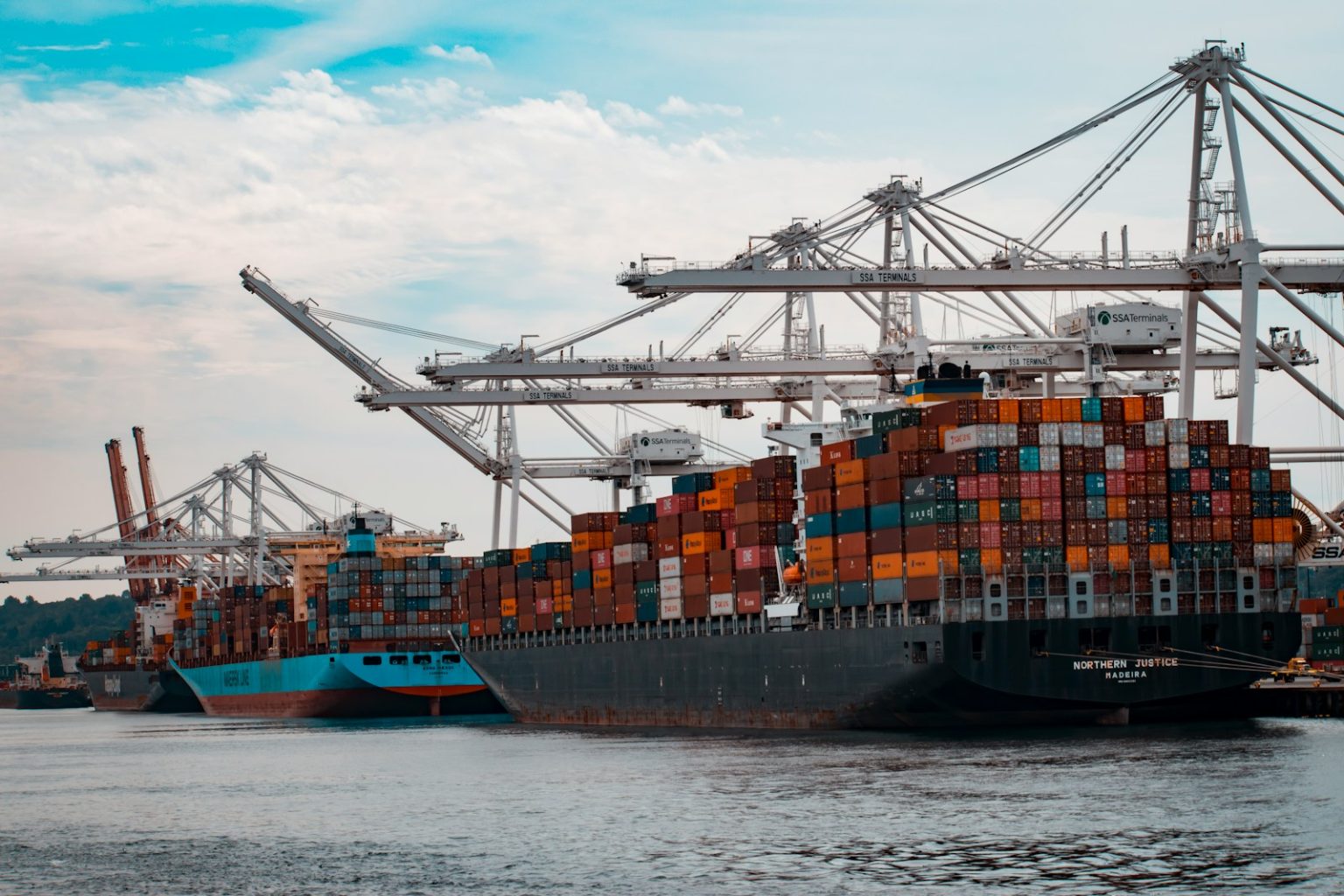Ideal Detonators, an Indian company, has defended its recent $1.4 million shipment of HMX to Russia, insisting that the transaction fully complied with Indian regulations. The company maintains that the explosive material was intended solely for civilian industrial applications, despite growing international concerns.
The shipment has drawn attention as it occurred against the backdrop of explicit warnings from the United States about potential sanctions for entities supporting Russia’s military capabilities during the ongoing conflict in Ukraine. U.S. officials have specifically identified HMX as a critical material for Russian military operations.
Regulatory Compliance vs. International Concerns
According to Ideal Detonators, the transaction adhered to all Indian export control laws and regulations. The company emphasized that the end-use certification for the shipment specified civilian industrial applications, which they claim justified the export under current Indian regulatory frameworks.
However, the U.S. government has taken a different position on such exports. American officials have identified HMX, a powerful explosive compound, as a material of significant strategic importance to Russia’s defense industry and military operations. The U.S. has been actively working to restrict Russia’s access to such materials through its sanctions regime.
This case highlights the growing tensions between India’s independent trade policies and Western-led sanctions against Russia. While India has not joined the sanctions coalition against Russia, the country faces increasing diplomatic pressure regarding transactions that could potentially support Russian military capabilities.
Technical Aspects and Dual-Use Concerns
HMX (High Melting Explosive) is a powerful and versatile explosive compound with both military and civilian applications. However, U.S. officials have pointed out that the material has relatively limited civilian uses compared to its military applications.
In military contexts, HMX is valued for its:
- High detonation velocity
- Stability under various environmental conditions
- Effectiveness in advanced weapons systems
The civilian applications for HMX are more restricted, primarily involving specialized industrial demolition, oil well perforation, and certain mining operations. This limited civilian utility has fueled skepticism about the intended end-use of such a substantial shipment.
International Implications
“The transfer of dual-use materials to Russia during the current conflict raises significant concerns about potential military applications,” noted a security analyst familiar with the situation who requested anonymity. “Even materials ostensibly exported for civilian purposes can be diverted to military use in the current environment.”
The $1.4 million transaction represents a substantial quantity of the explosive material, which has prompted questions about whether such volumes align with typical civilian industrial requirements in Russia.
The case also underscores the challenges in enforcing international sanctions when countries maintain different regulatory standards and diplomatic positions. India has consistently maintained its right to conduct independent trade relations with Russia, a longstanding diplomatic and defense partner.
For the United States and its allies, the continued flow of strategic materials to Russia represents a challenge to the effectiveness of their sanctions regime, designed to limit Russia’s military capabilities and apply economic pressure.
As international scrutiny increases, companies engaged in such transactions may face difficult choices between complying with their national regulations and avoiding potential secondary sanctions from the United States and its allies. The situation also places additional pressure on the Indian government to clarify its position on exports that could have military applications in Russia.
The outcome of this specific case may establish important precedents for how similar transactions are handled in the future, as the international community continues to grapple with the complex challenges of regulating trade in dual-use materials during times of international conflict.







